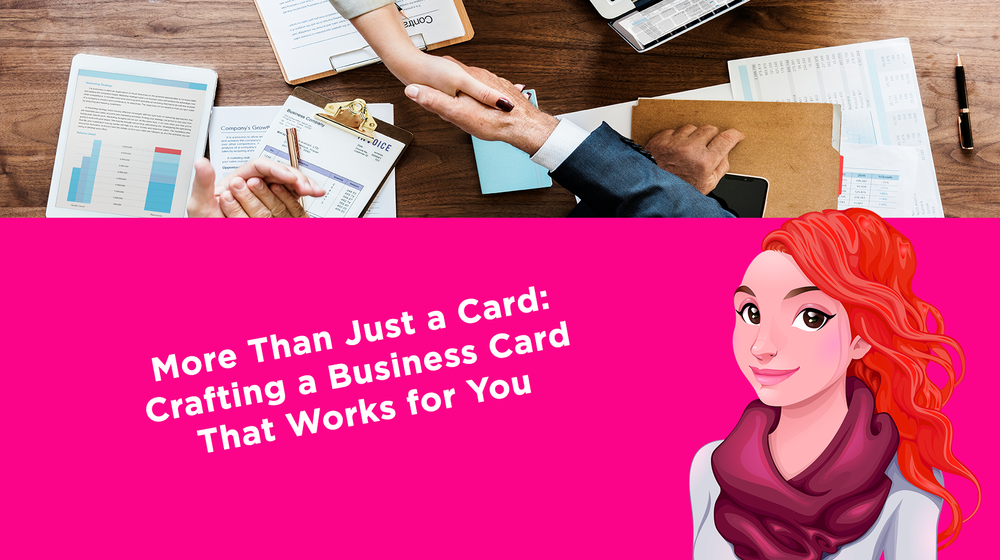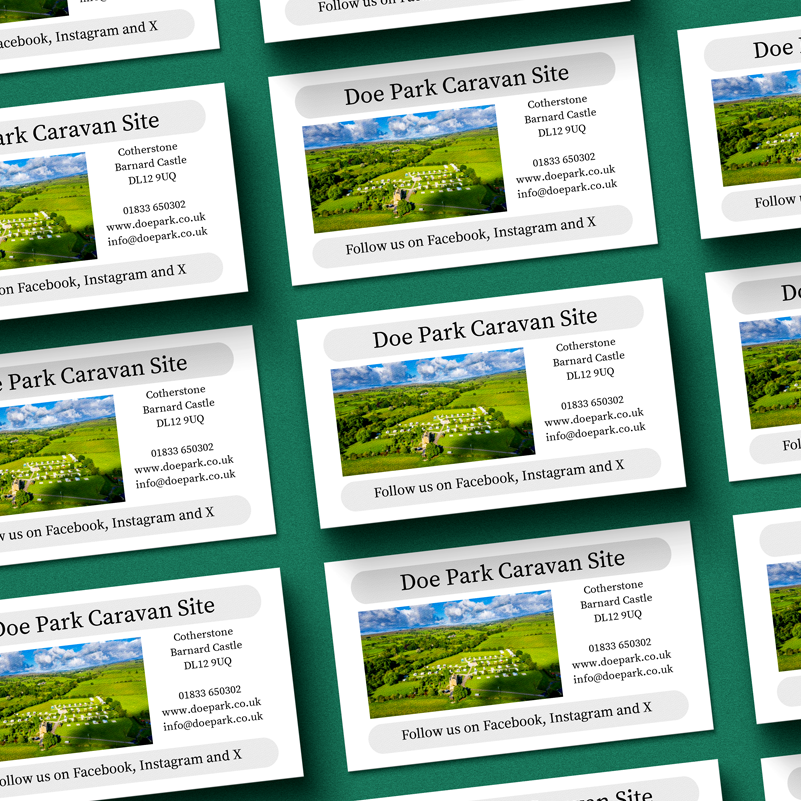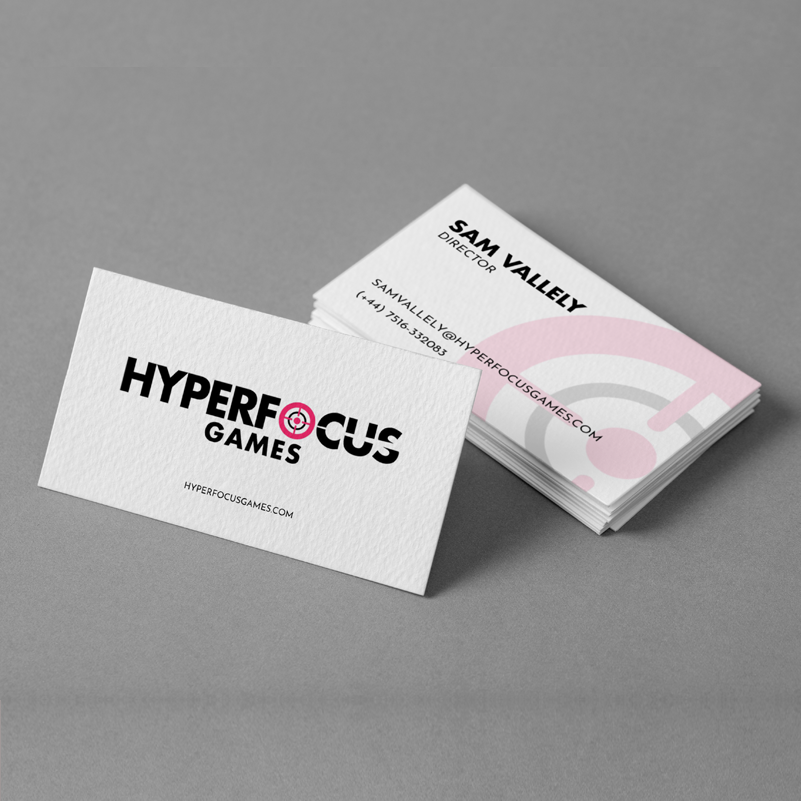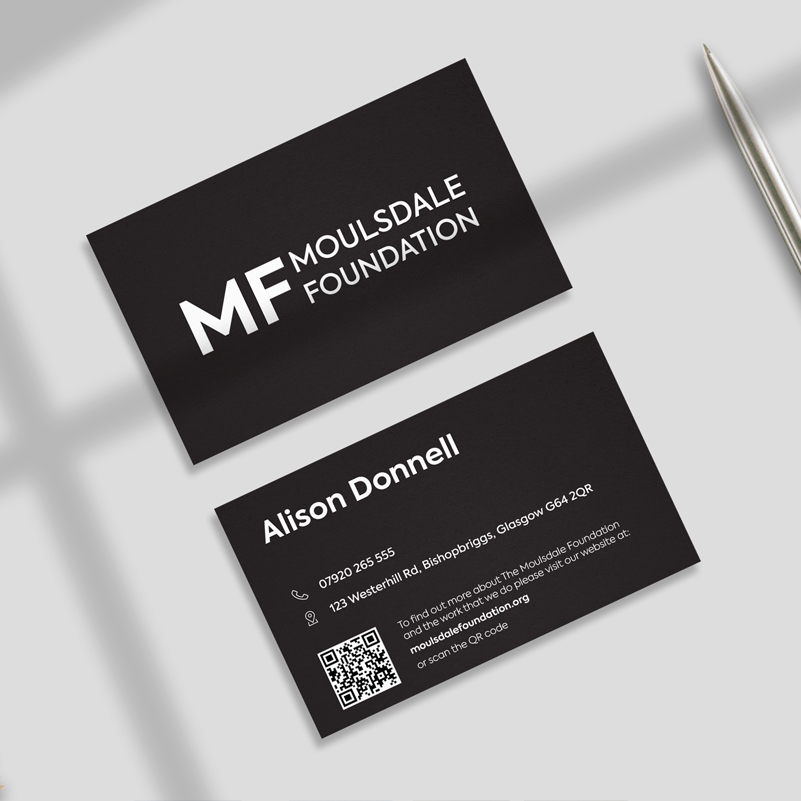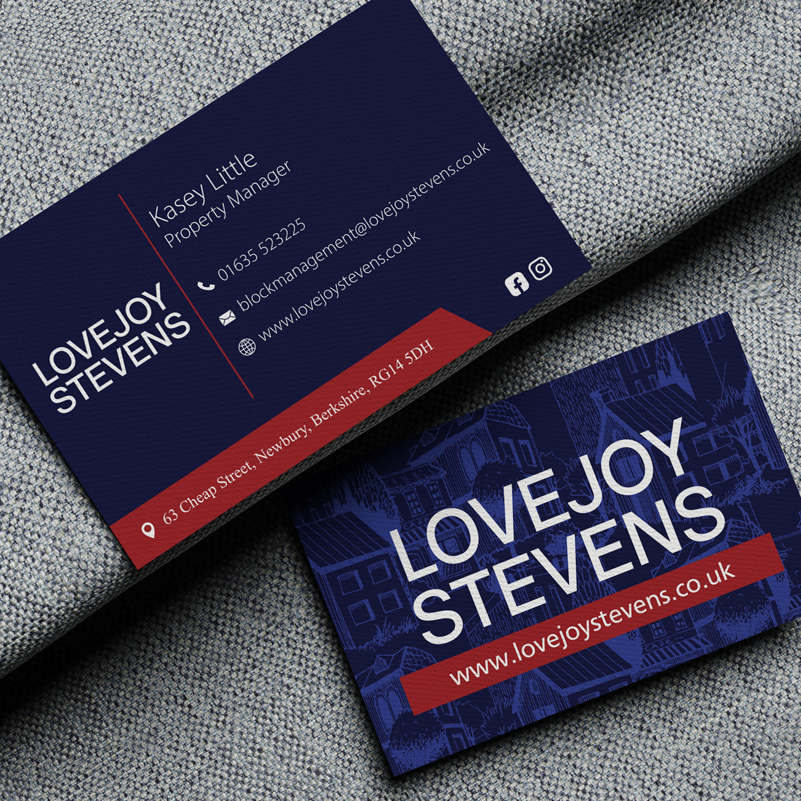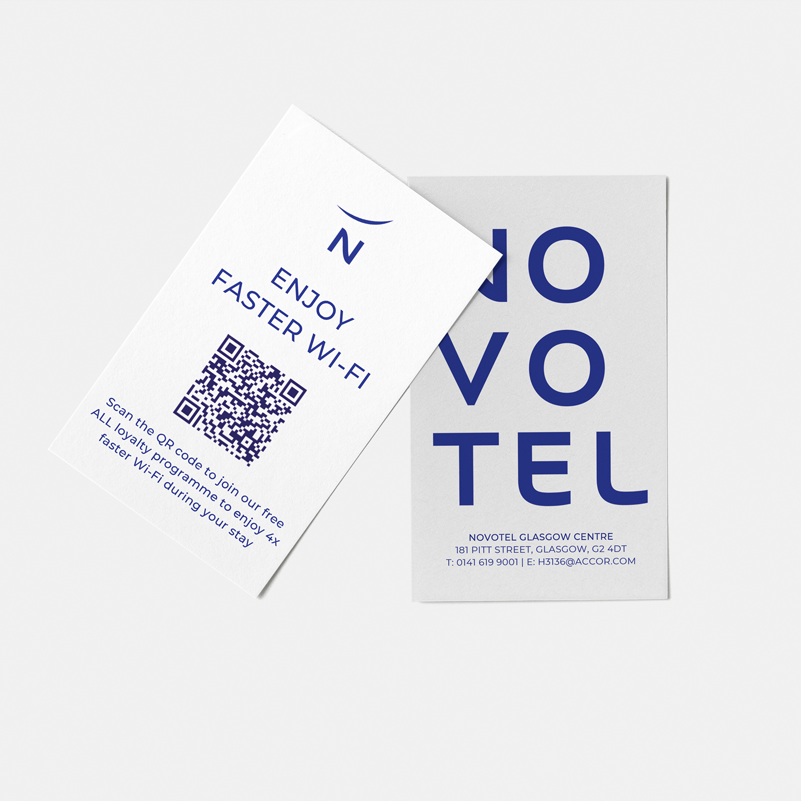In our increasingly digital world, where connections are made with a click and information is exchanged with a tap, it's easy to dismiss the humble business card as a relic of a bygone era. Yet, as a graphic designer and printer, I can tell you firsthand that nothing could be further from the truth. A well-designed, professionally printed business card is not just a piece of paper; it's a powerful physical extension of your brand identity. It’s your first handshake in print, a tangible anchor in a sea of fleeting digital interactions.
A great business card print design speaks volumes about your company before you’ve even said a word. It communicates professionalism, attention to detail, and a commitment to quality. The choice to invest in high-quality business card printing shows that you take your business seriously, and that's a message that resonates deeply with potential clients and collaborators.
The Unspoken Language of a Great Card
The moment you hand someone your card, a subconscious evaluation begins. The feel of the paper, the clarity of the text, and the overall design all contribute to a sensory experience that builds an instant impression. A flimsy, poorly printed card can unintentionally suggest a lack of care or a shoestring budget. Conversely, a substantial card on quality stock creates a sense of reliability and substance.
I once had a client who was in the high-end interior design space. They came to me with a basic, online-template card. I suggested we upgrade to a thick, uncoated card stock with a subtle letterpress for their logo. A few weeks later, they told me a potential client ran their thumb over the debossed logo and said, "Now that's what I call attention to detail." They got the job, and the card was a definite factor.
Designing for Impact: The Core Elements
The key to an effective printing business card design is to find the perfect balance between aesthetics and functionality.
First, keep it simple. Resist the urge to cram every piece of information onto a single, small surface. Focus on the essentials: your name, your job title, company name, contact number, and email. You can use the back of the card for a website address or a brief tagline. For your design, consistent branding is non-negotiable. Your logo, colours, and fonts should be the same as they are on your website, social media, and other marketing materials.
Second, think about readability. A beautiful font is useless if it’s too small to read or difficult to decipher. A great business card print design ensures all information is clear and accessible.
Paper & Finishes: The Unsung Heroes
Choosing the right paper for printing cards is arguably as important as the design itself. The material you select sends an immediate and tactile message. A heavier weight stock (typically 350-400gsm) feels more substantial and luxurious. Finishes like matte and uncoated paper offer a sophisticated, muted look that’s great for minimalist designs, while a gloss finish makes colours pop and adds a polished feel.
For those wanting to truly stand out, consider a custom card printing solution with special finishes. Spot UV adds a glossy, raised texture to specific areas like a logo or key text, creating a powerful visual contrast. Foil blocking, available in a huge range of colours from classic gold to holographic, adds a touch of glamour and premium quality. The right print on card paper can transform a good design into a great one.
Beyond Business Cards: A Cohesive Brand
Your card printing needs likely extend beyond business cards, and it’s a smart move to keep your design consistent across all your branded materials. For special events, a professional invitation card printing service can set a sophisticated tone right from the start. Whether it's for a product launch or a corporate dinner, a well-executed printing invitation cards project is a sign of a well-organised and professional company.
And what about customer loyalty? Gift card printing is a fantastic way to encourage repeat business and introduce new clients to your services. Paired with a stylish place card print for an event or a captivating poster card printing for a promotion, you can create a truly cohesive and memorable brand experience. Many businesses benefit from a combined flyer and business card printing service to ensure a unified look across their marketing materials. A professional printer can also help with needs like paper banner printing or even custom greeting card printing to help with client relationships.
I always advise clients that a strong brand is about consistency. I recently worked with a café owner who had great business cards, but their loyalty cards and posters looked completely different. We redesigned them to match the feel of the business card, and within a month, they reported a noticeable increase in customers mentioning how 'put together' their brand felt.
Your business card is a handshake that lasts. It’s a small but mighty tool that can build trust and open doors. By taking the time to invest in a quality business card printing solution, focusing on a strong design business card printing approach, and choosing the right materials, you’re not just creating a contact card—you're crafting a powerful piece of marketing collateral that truly works for you. Don’t settle for a card that’s just ‘good enough.’ Aim for one that is unforgettable.
FREQUENTLY ASKED QUESTIONS (FAQ)
Q:1: What is the ideal resolution for business card design files?
For professional results, your design file should have a resolution of at least 300 dots per inch (DPI). This ensures that text and images are sharp and clear when printed and avoids a blurry or pixelated appearance.
Q:2: What is the difference between gloss and matte finish?
A gloss finish gives your business card a shiny, reflective surface that makes colours appear more vibrant and adds a professional polish. A matte finish has a non-reflective, smooth surface that provides a more subtle, elegant, and modern look.
Q:3: Should I use both sides of my business card?
Absolutely. Using both sides of the card is a great way to maximise space without cluttering the design. You can put essential contact details on one side and a QR code, social media handles, or a brief tagline on the other.
Q:4: What is a bleed area in printing?
The bleed area is a small margin (typically 3mm) around the edge of your design that extends beyond the final cut line. This is to prevent any unprinted white edges from appearing on the final card after it's trimmed.
Q:5: How can a QR code help on my business card?
A QR code on your business card provides a quick and easy way for people to access your online presence. It can link directly to your website, portfolio, a digital business card with all your details, or a specific product page.
Q:6: What is a standard turnaround time for printing business cards?
The turnaround time for printing business cards can vary depending on the printer and the complexity of your order. Basic, standard printing can take as little as 1-3 business days, while cards with special finishes like foil or embossing may take 5-10 business days.
Posted by By Jenny on 24th Oct 2025

